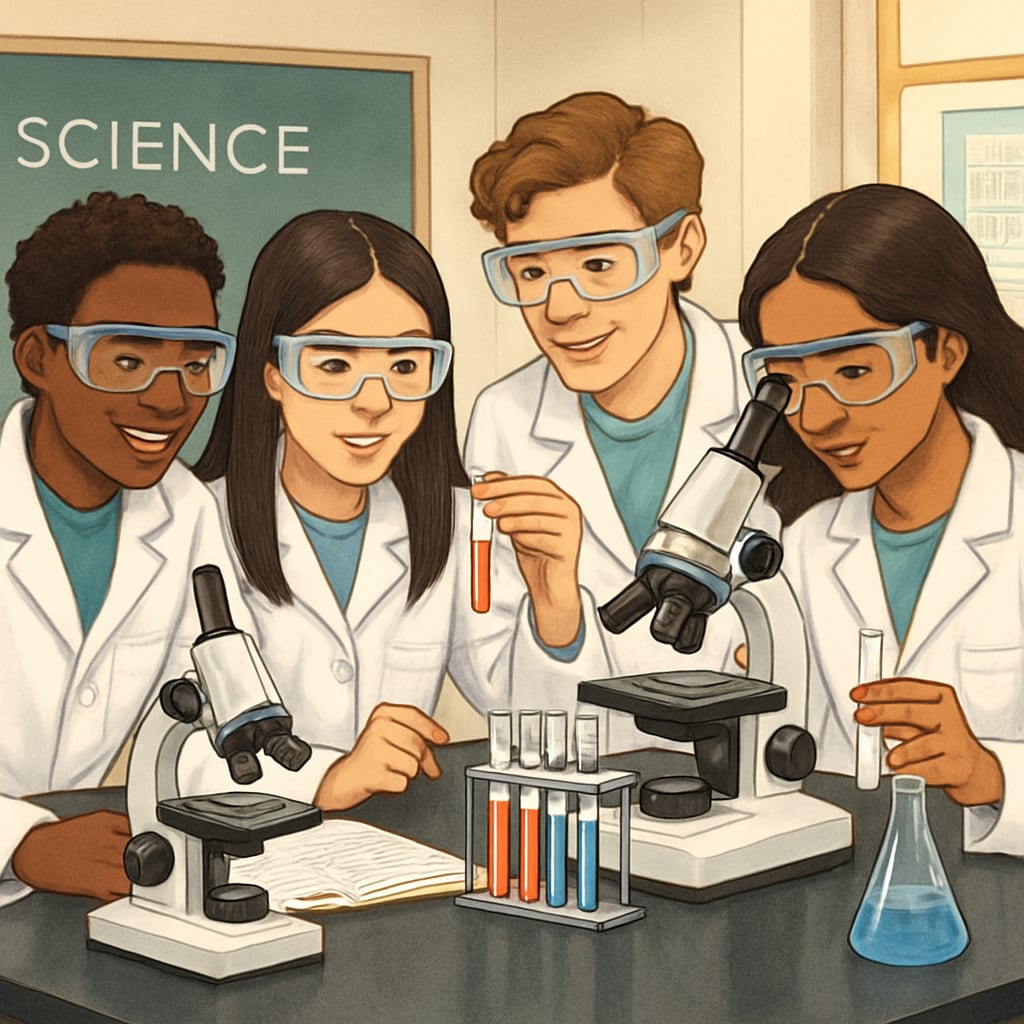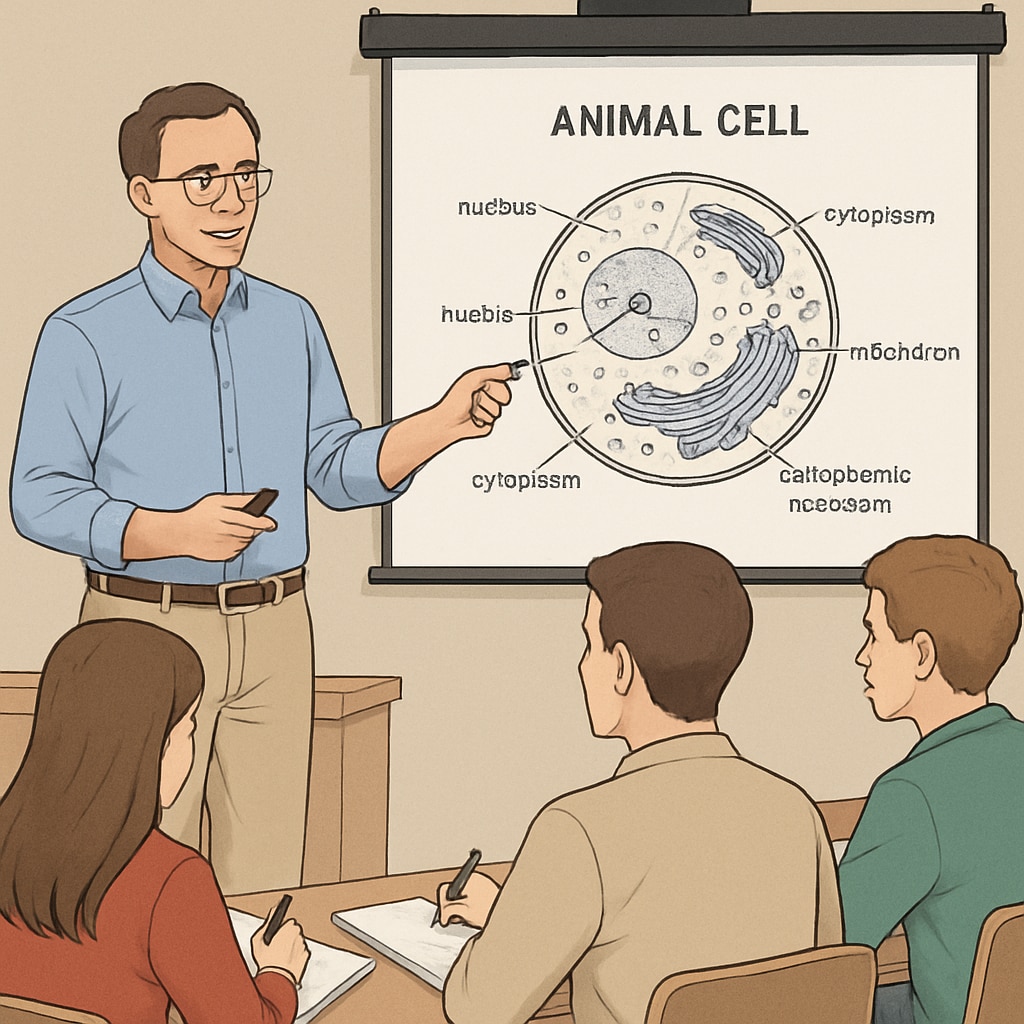Creating inclusive and effective science classrooms for English Language Learners (ELLs) requires innovative strategies to overcome language barriers. Science teaching, combined with differentiated instruction, provides educators with tools to ensure all students—regardless of their linguistic background—receive high-quality education. This article outlines a series of actionable methods to help teachers create equitable learning environments that foster engagement and academic success for ELLs.
Understanding the Needs of ELLs in Science Education
English Language Learners often face significant challenges in science classrooms due to the subject’s technical vocabulary and complex concepts. For instance, terms like “photosynthesis” or “hypothesis” may be difficult to grasp without proper scaffolding. Teachers must recognize that ELLs may need additional support to connect scientific ideas to their existing knowledge.
In addition to language difficulties, cultural differences can impact comprehension. For example, students from different regions may interpret certain scientific phenomena differently due to varying experiences or educational systems. Acknowledging these nuances is critical for designing effective lessons.

Strategies for Overcoming Language Barriers
To support ELLs in science education, teachers can adopt several strategies:
- Pre-teach Vocabulary: Introduce essential scientific terms before lessons, allowing ELLs to familiarize themselves with key concepts.
- Visual Aids: Use diagrams, charts, and videos to illustrate ideas. Visuals are invaluable for bridging language gaps.
- Hands-on Learning: Conduct experiments and interactive activities to help students understand concepts through experience rather than language alone.
- Collaborative Learning: Group ELLs with peers who can provide linguistic support, fostering both academic and social development.
Additionally, pairing written instructions with oral explanations can reinforce understanding. For example, when explaining the water cycle, provide both a diagram and a concise verbal summary.

Implementing Differentiated Instruction in Science Classrooms
Differentiated instruction is a cornerstone of inclusive science teaching. This approach allows educators to tailor lessons based on students’ individual needs, ensuring that every learner can engage with the material effectively. Here are some ways to incorporate differentiation:
- Tiered Assignments: Offer tasks at varying difficulty levels, enabling ELLs to work on manageable challenges while still progressing academically.
- Language Support Tools: Provide glossaries, bilingual resources, or translation apps to help ELLs bridge language gaps.
- Cultural Context: Relate scientific concepts to students’ cultural backgrounds to make lessons more relatable and engaging.
For instance, when teaching about ecosystems, discuss examples from students’ home countries to connect the material to their lived experiences. This strategy not only enhances comprehension but also fosters a sense of belonging in the classroom.
Building a Supportive and Inclusive Environment
Creating a welcoming atmosphere is essential for ELLs to thrive. Teachers can take several steps to ensure inclusivity:
- Encourage Open Communication: Foster an environment where students feel comfortable asking questions or seeking clarification.
- Celebrate Diversity: Highlight the unique perspectives ELLs bring to scientific discussions, enriching the learning experience for all students.
- Professional Development: Invest in training that equips educators with skills to support multilingual classrooms.
As a result, ELLs can develop confidence in their abilities, leading to improved academic outcomes and a greater sense of community within the classroom.
Conclusion
Teaching science in classrooms with English Language Learners presents both challenges and opportunities. By implementing differentiated instruction and leveraging inclusive strategies, educators can break down language barriers while delivering high-quality education. Ultimately, these efforts ensure that all students, regardless of linguistic background, can excel in science and beyond.
Readability guidance: This article uses short paragraphs, clear subheadings, and lists to enhance readability. Passive voice and long sentences are minimized, while transition words such as “however” and “for example” provide fluidity between ideas.


